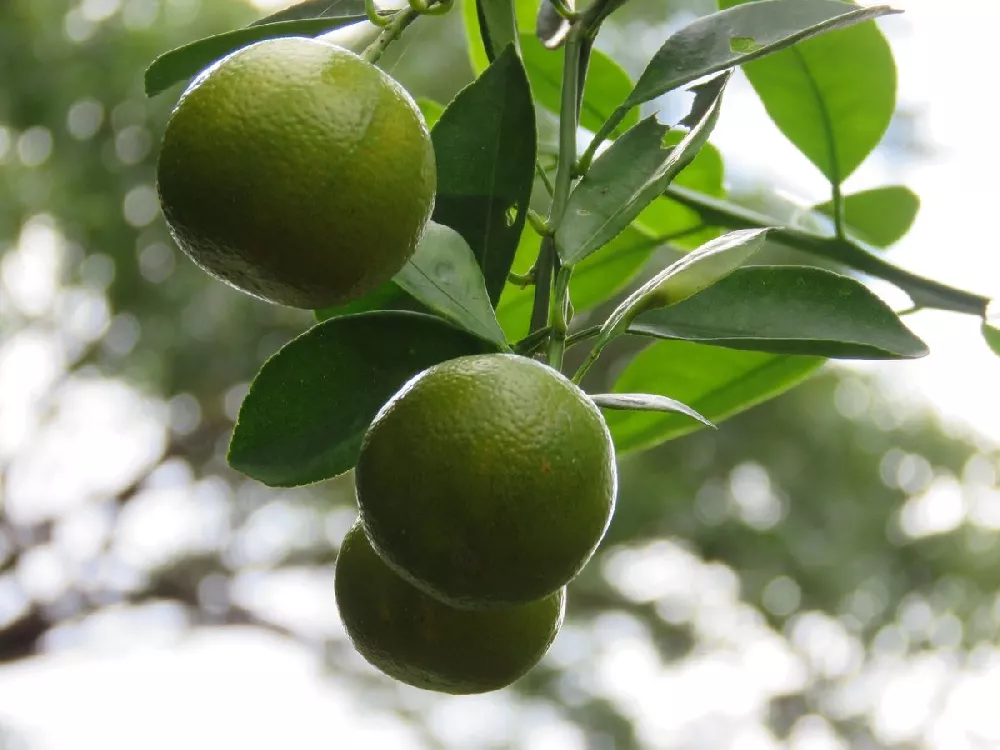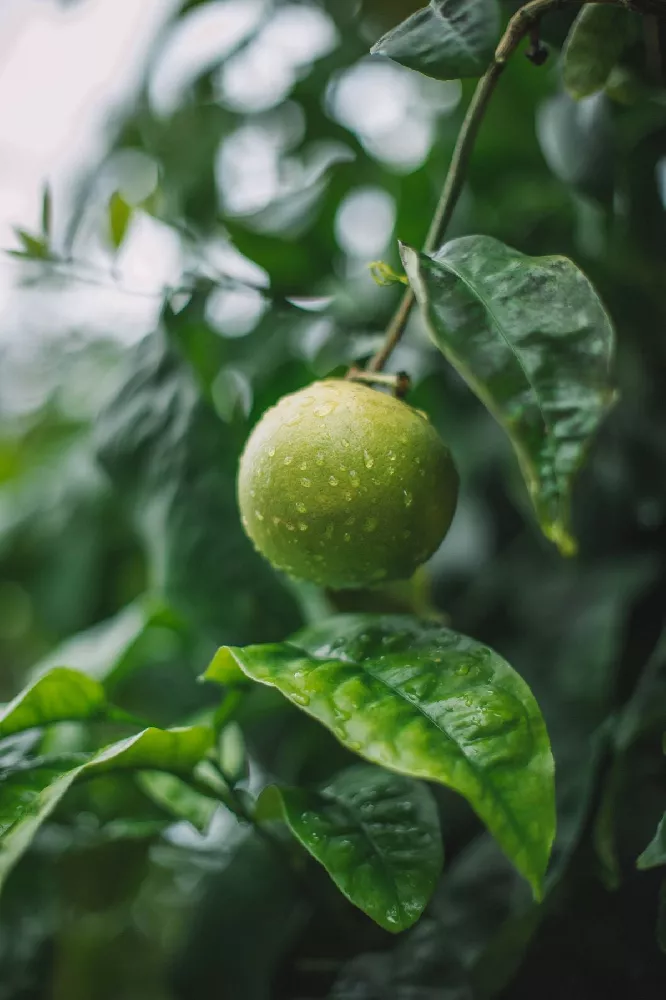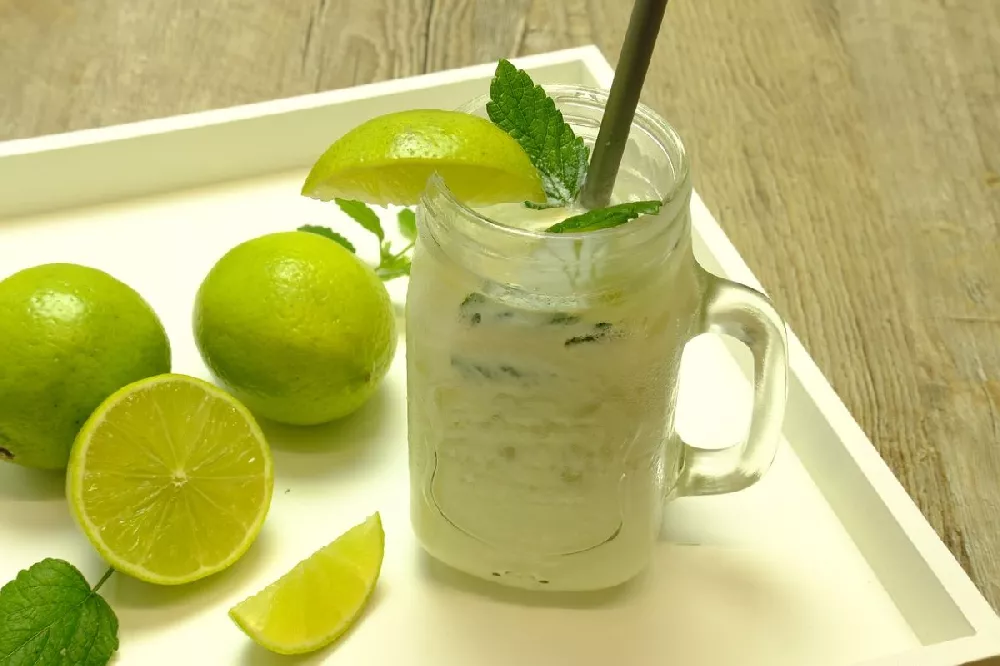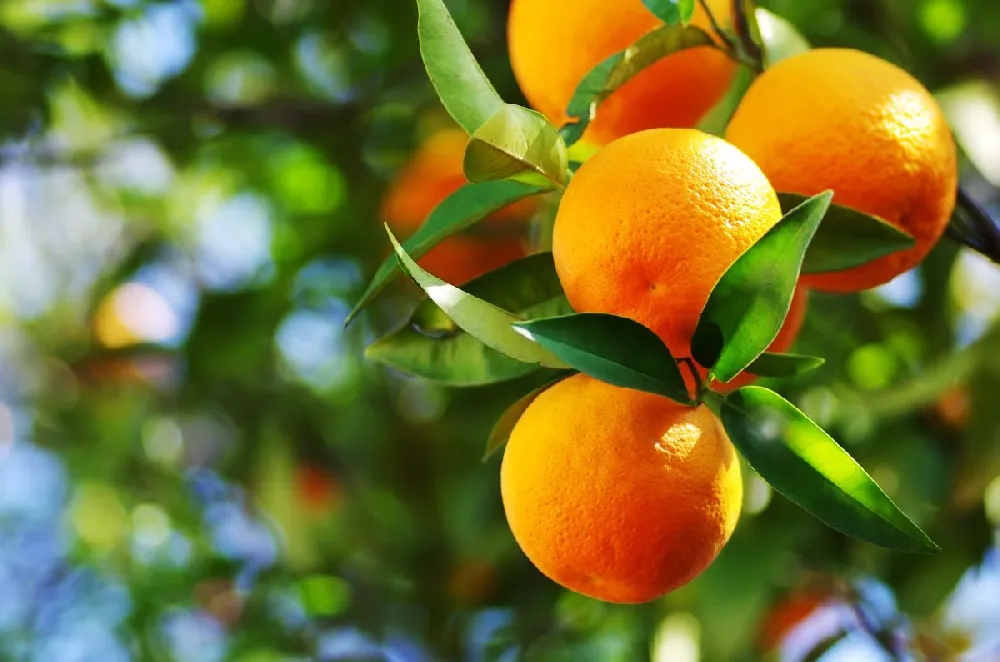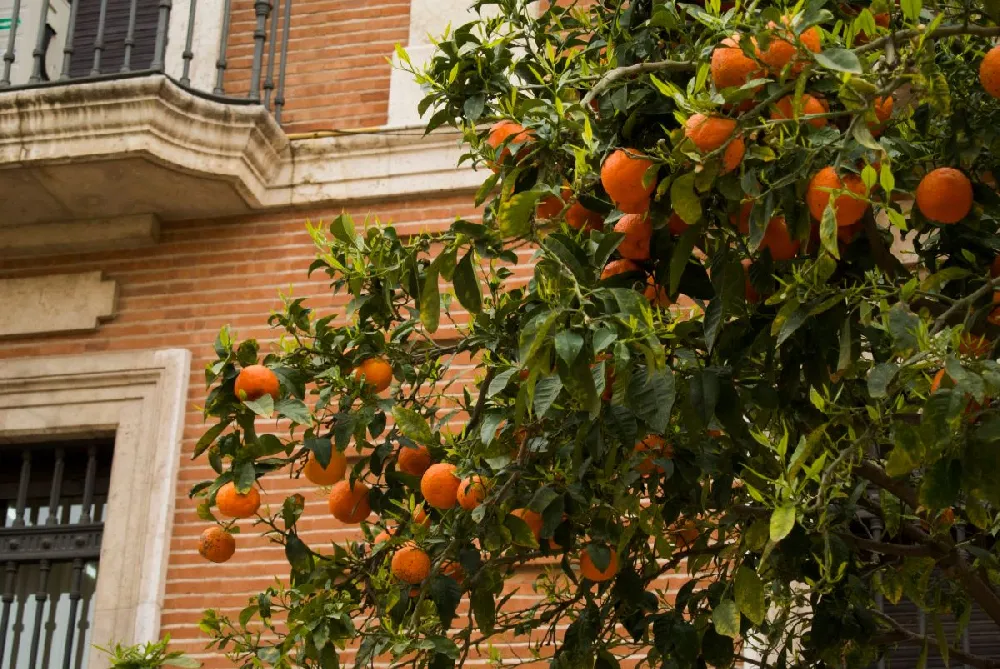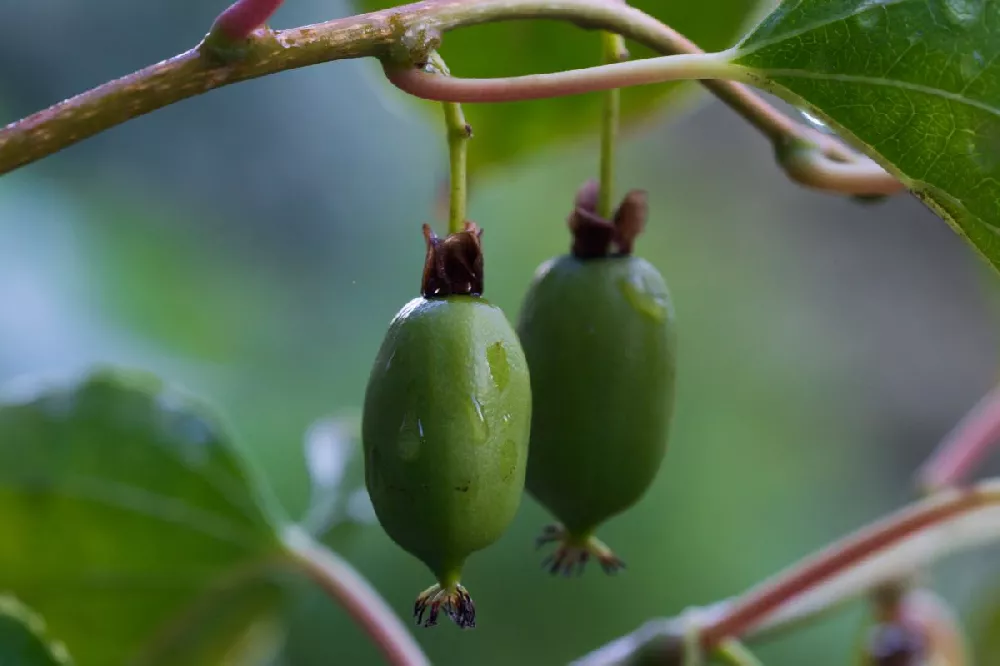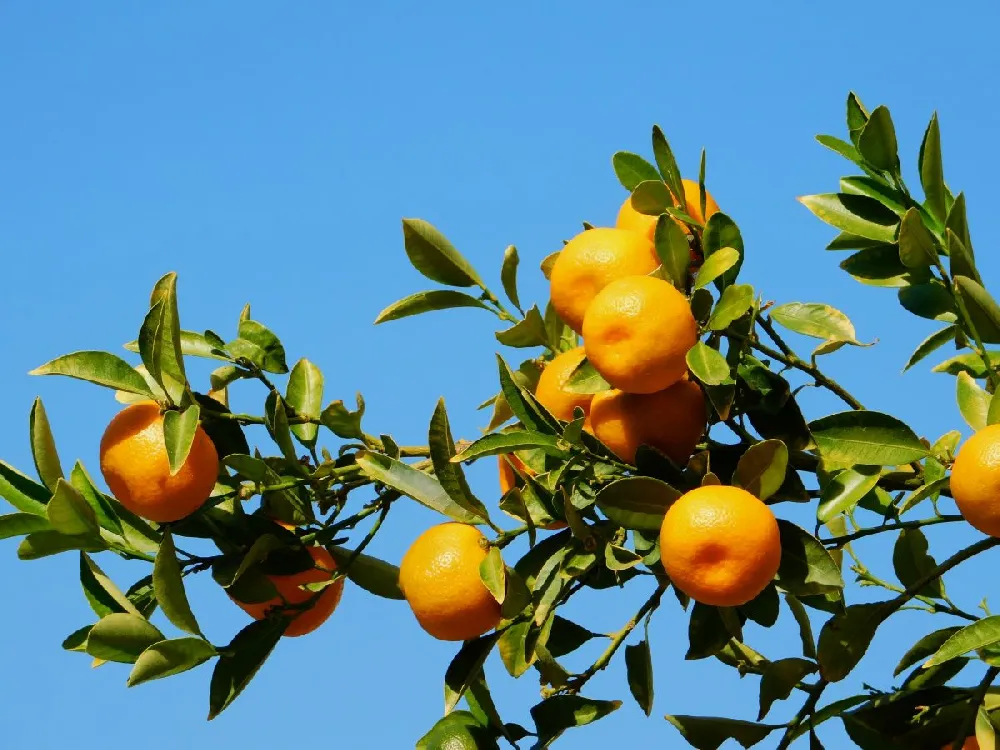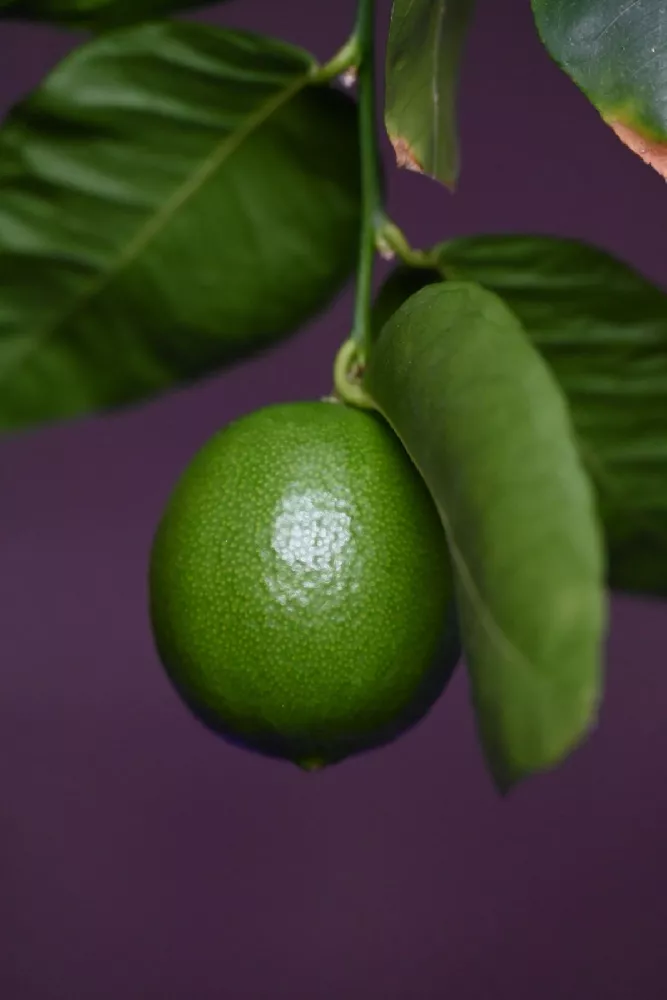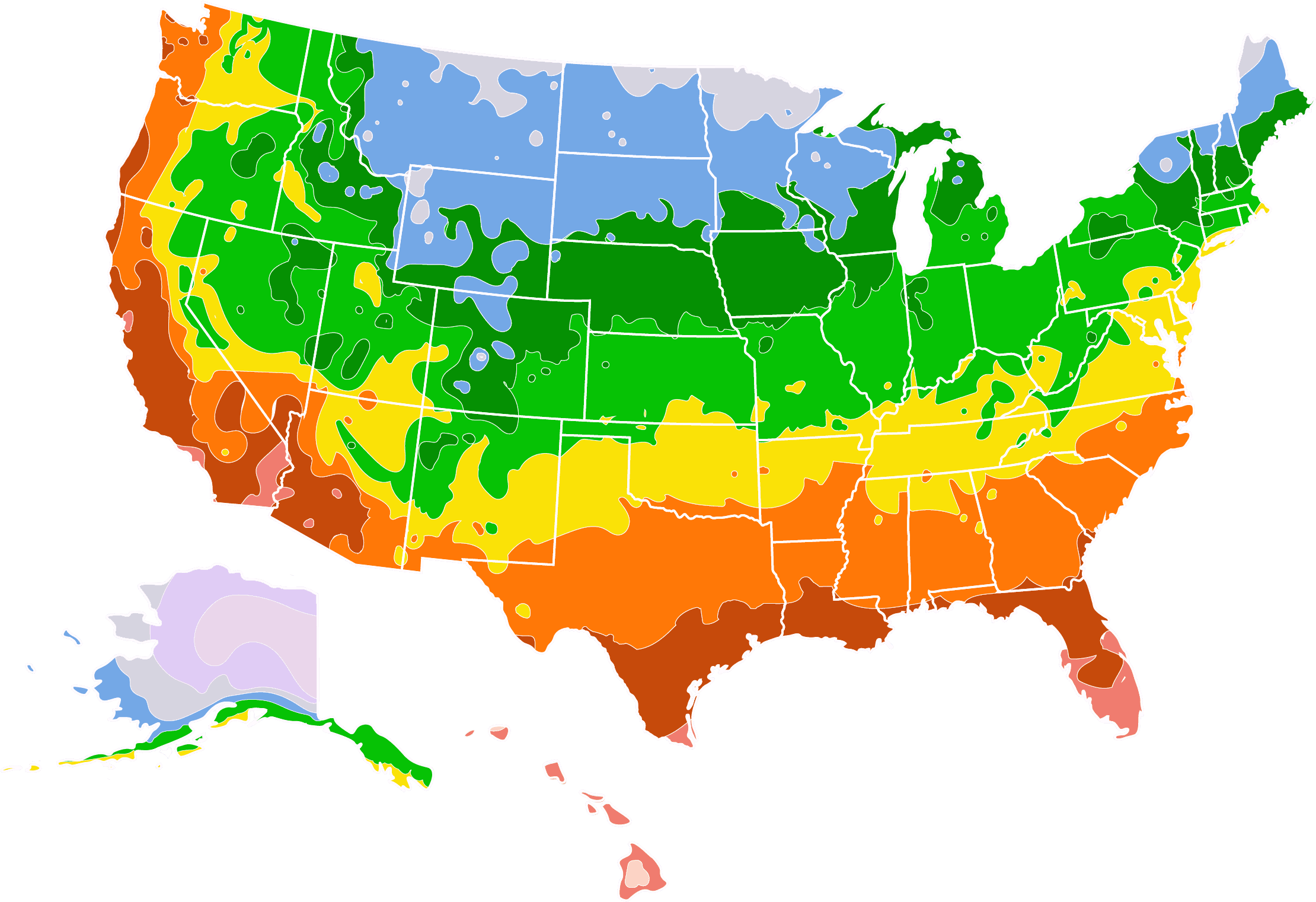- Home >
- Fruit Trees >
- Persian ‘Bearss’ Lime Tree - USDA Organic
Persian 'Bearss' Lime Tree - USDA Organic for Sale - Buying & Growing Guide
This unique cultivar with an unusual name is a hybrid crossing of a key lime and lemon tree. The Persian 'Bearss' Lime Tree is seedless, and somewhat larger than a key lime, with a fruit that has lower acidity and bitterness than either lemons or limes. The fruit can replace key limes in recipes and is often used in drinks or desserts. It's a compact, attractive small tree with a full canopy that can be grown in the ground in the south but does equally well in northern gardens when planted in a container and brought inside in winter. Best of all, it is grown organically, without any chemical additives, insecticides, or other substances that might be harmful. Need more reasons to purchase Citrus latifolia? Here are three:
- Lovely white fragrant flowers with a purple margin to cover the tree in spring.
- They are disease and pest-resistant.
- It's an excellent choice for smaller gardens that need a pop of color.
Enter your zip code to find nearby stores that may carry this plant.
Plant Care
Sunlight

Site your Persian 'Bearss' Lime Tree in full sun — six or more hours of direct sunlight a day.
Watering
Water-established trees about once a week, whenever the top two inches of soil are dry.
Fertilizing

Fertilize with a product designed for citrus trees and shrubs throughout the growing season; taper back in winter.
Planting and Care
Planting instructions
If planting your Persian ‘Bearss’ Lime Tree outside, place it in a spot with soil that drains well, where it will get at least six hours of direct sun a day. The trees can tolerate some shade but too much shade might impact the harvest size. Unpot your tree and tease out any encircling roots, which can girdle the tree and eventually kill it. Dig a hole as deep as the root ball and twice as wide, and throw in a few handfuls of well-rotted compost or manure. Place the tree in the hole and, holding it steady and upright, fill in around it with topsoil, tamping down as you go to eliminate air pockets. Water thoroughly. Apply a two to three-inch layer of organic mulch, such as bark chips, to help conserve moisture and deter weeds, but keep it from touching the trunk, which can encourage rot.
Watering and nutrients
Persian ‘Bearss’ Lime trees like moist soil but can’t handle standing water. Water them regularly when the top two inches of soil are dry, but stop before the water starts puddling, or, for a container plant, when you see water coming out of the drainage holes. Fertilize your tree with a plant food designed for citrus trees. Fertilize throughout the growing season as package directions indicate. In winter, taper back and feed lightly every few months.
Pollination
Persian Limes are monoecious, or self-fertile. That means you can expect a harvest even if you only have one tree since the male and female reproductive parts are found in a single flower. Having said that, you will have a larger harvest if you plant another Persian Lime nearby. Bees and other insects act as pollinators for the trees. If you are growing your lime tree indoors, you can act as the pollinating agent by brushing the center of each flower with a small paintbrush, allowing the pollen to transfer from one flower to another.
Pruning
Prune out any dead, damaged or diseased branches whenever you see them, cutting back to healthy wood. You can also prune your tree in early spring to control the height and density of the canopy.
Pests and diseases
Persian ‘Bearss’ Lime trees are generally hardy and unbothered by pests or diseases; so, it’s unlikely that you’ll have to deal with any health challenges. You may occasionally see aphids, scale insects or citrus mites on the trees. A healthy tree can fend off minor infestations on its own, but you can help it with the use of neem oil. Diseases that sometimes appear on lime trees include black sooty mold, which is a fungal disease that can be handled with insecticidal soap. Brown fruit rot may attack the limes and cause brown spots. Cut out any infected fruit and spray your tree with a copper fungicide.
Harvesting
Persian ‘Bearss’ limes begin to turn a light yellow when they are ripe, but they are often harvested when they are still green since they are more flavorful and acidic when unripe. Harvest by hand, cutting off the fruit with a clean pair of secateurs or clippers. Store them in a cool place until ready for use.
Achieving maximum results
In most of the continental U.S., the Persian ‘Bearss’ Lime Tree must be grown in a pot or container that is brought inside in the winter, whenever temperatures go below 20 degrees Fahrenheit. Doing so isn’t difficult: these little trees take well to the more confined conditions of container growing, and your plant should thrive if you place it in the sunniest window in your home. Be sure to keep an eye on the moisture level in the container since you may need to water your indoor tree more frequently than you would a garden-grown tree. You can also help increase the humidity by placing your tree’s container in a low tray filled with water, and it is helpful to mist the leaves occasionally.
FAQs
Where can I grow a Persian 'Bearss' Lime Tree outdoors?
These lime trees are hardy in USDA hardiness zones 8 through 11 and can handle temperatures down to 20 degrees Fahrenheit. They can be grown outdoors throughout the southernmost states in the U.S., such as Florida and Louisiana, and as far north as the coastal Pacific Northwest. If you live in a northern area, however, they are easily grown in a container that is brought inside when the temperatures start to dip.
What do I need to know to grow these trees in a container?
Choose a pot that is about twice the size of the tree's root ball, with good drainage holes in the bottom. Plant in a good-quality potting mix and keep your tree in the sun as much as possible. Note that container-grown plants tend to need increased watering over those that are grown in the ground.
What's the best way to use the fruit?
Few people have any interest in eating a raw lime fresh from the tree. But the fruit can be, and often is, used to supply lime juice for drinks or as a garnish. You can also cook with Persian limes, using them in any recipe that calls for limes or lime juice.
Compare Similar Products
You can't add more Product Name - Product size to the cart.
OK